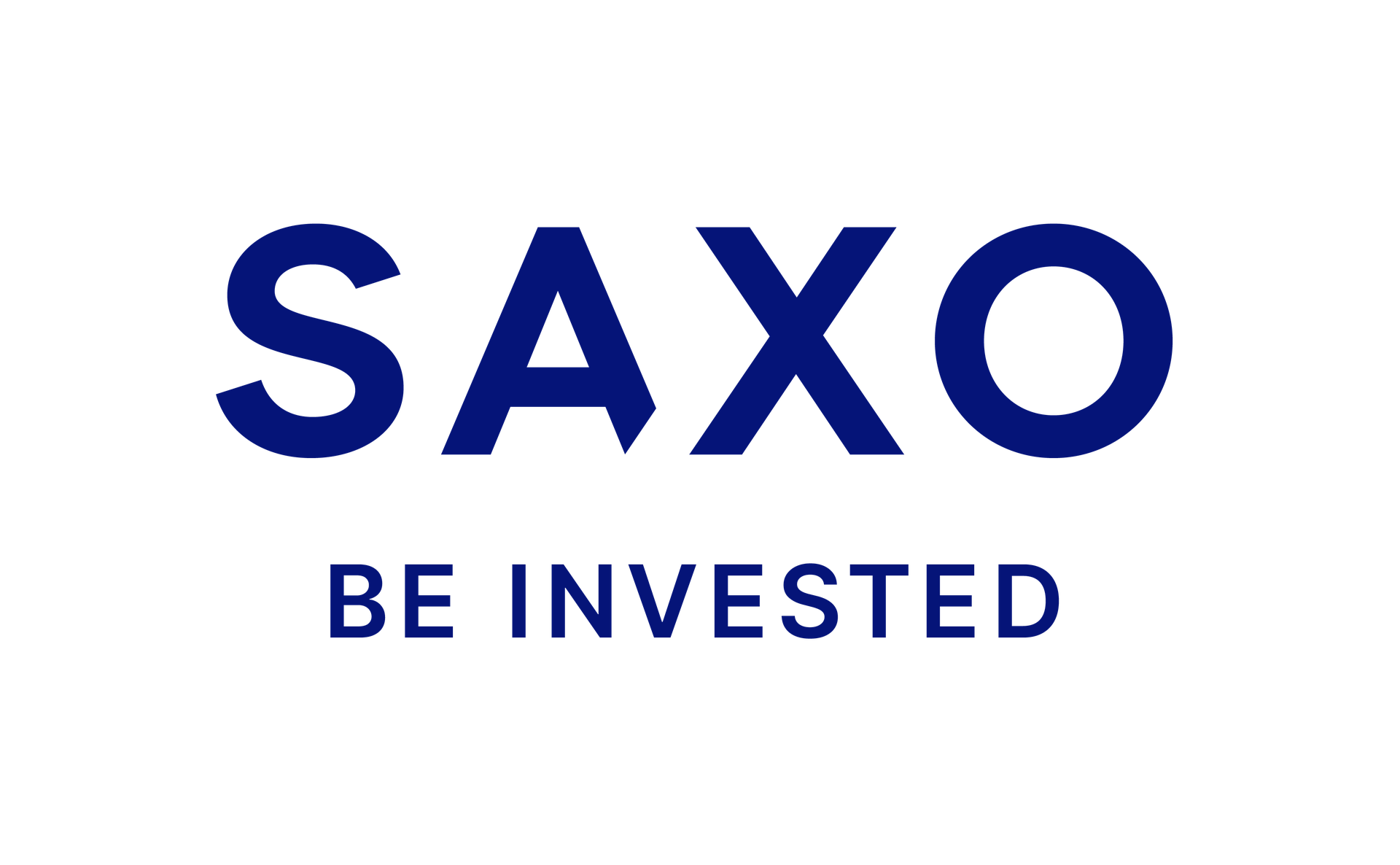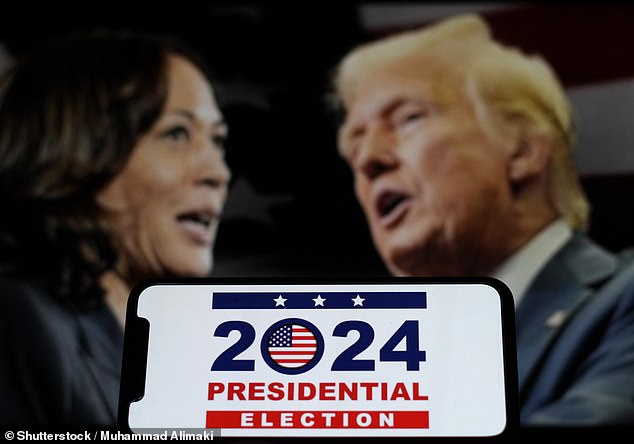Table of Contents
We know a lot about Trumponomics, or the economic policies of the former and perhaps future president, but we know little about Kamalanomics, or what might happen if Kamala Harris wins in November.
Sure, she’s the vice president and also a Democratic continuity candidate, but she had little role in the Biden administration’s economic policies and people weren’t very interested in her ideas or views on the subject.
Unsurprisingly, that has changed. The economy will be the focus of the campaign, with Donald Trump calling the recent stock market declines the “Kamala crash.”
That’s ridiculous, because the swings in stock prices have nothing to do with her becoming the Democratic candidate, but rather with growing fears that the economy is entering a recession.
Still, the impeachment has focused attention both on the ways she could shift the policy balance if she wins and on the influence of her running mate, Tim Walz, the radical governor of Minnesota.
Which way will voters lean?: Kamalanomics would be a step towards a more European form of government, while Trumponomics would be the opposite
Remember the saying, “The president proposes and Congress decides.” Much will depend on who controls the Senate and the House of Representatives. We will also get more clarity at the Democratic National Convention next week, but based on what we know so far, it looks like the United States may be on the cusp of a serious shift toward more government spending, higher taxes on corporations and on the relatively wealthy.
Let’s start with Harris, who has made several statements about supporting middle-income families. “Developing the middle class will be a defining goal of my presidency,” she said the day after Biden said he wouldn’t run.
At her first rally with Walz, she said, “We’re fighting for a future with affordable housing, affordable health care, affordable child care and paid leave.” She told the American Federation of Teachers that she supports student loan forgiveness, a key Biden administration policy.
So the general direction seems to be in line with that of the Biden administration, but if Democrats control Congress, it will go a bit further. American taxpayers should expect tax cuts for middle-income households but increases for the richest, a higher corporate tax, more spending on social service programs, and so on. In short, a bigger government.
Walz’s addition to the list is an additional twist, as his record in Minnesota dates back to 2018. He has introduced pro-worker measures such as paid sick leave, a pay increase for Uber and Lyft drivers, and better protections for Amazon warehouse workers. But it’s worth noting that employment in Minnesota has increased just 0.5 percent since 2020, while the U.S. as a whole has increased 5.8 percent.
It has imposed a surcharge on capital gains and investment income of more than $1 million a year and, unusually, there is a tax on foreign income of companies registered in the state.
By European standards, Minnesota’s tax rates may not be particularly progressive, but Walz has been raising taxes while other governors have been campaigning to lower them. By choosing him as her running mate, Harris is giving a clear signal that she would like to see a shift toward a more European approach to taxes and government spending.
Other policies? There is trade, of course, and presumably the current levies and restrictions will remain. While I don’t think the US will go into full protectionist mode, it seems sensible to expect new policies to emerge. “Big Tech” can expect antitrust policies to be stepped up. There will be a greater push to “green” the economy.
A lot can change in the coming weeks. What happens in Congress will be almost as important as who becomes president. Remember, too, that right-leaning states can thwart the plans of a left-leaning White House. But it looks like American voters will have a real choice in economic policy in November. Kamalanomics would be a step toward a more European form of government, while Trumponomics would be the opposite.
Where will they move?
DIY INVESTMENT PLATFORMS

AJ Bell

AJ Bell
Easy investment and ready-to-use portfolios

Hargreaves Lansdown

Hargreaves Lansdown
Free investment ideas and fund trading

interactive investor

interactive investor
Flat rate investing from £4.99 per month

Saxo

Saxo
Get £200 back in trading commissions

Trade 212

Trade 212
Free treatment and no commissions per account
Affiliate links: If you purchase a product This is Money may earn a commission. These offers are chosen by our editorial team as we believe they are worth highlighting. This does not affect our editorial independence.

